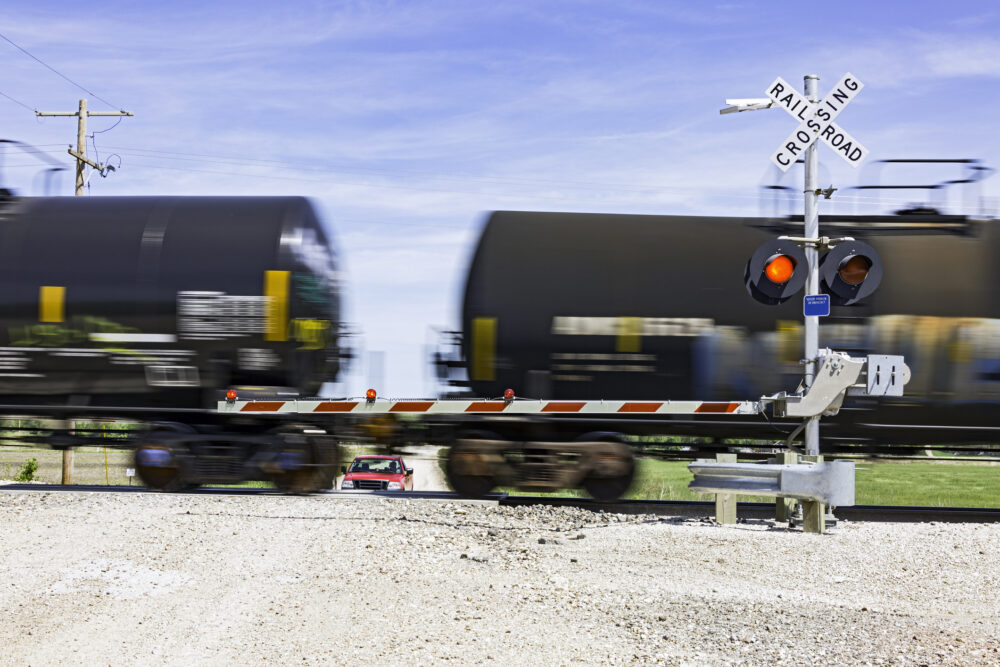
Major railroads are corporations with a goal to maximize profits. While many Class I railroads have brought in record-setting profits in recent years, they also have fallen under intense scrutiny for workplace culture and safety concerns. News reports often focus on the danger to community members from long trains blocking crossings, or dangerous train cars with hazardous chemicals derailing. However, the railroads’ cost-cutting culture impacts the workers every single day.
The Government Accountability Office (GAO) has investigated the railroad industry’s push for efficiency and profit. The GAO looked at precision scheduled railroading and the impact that it has had on safety. Precision scheduled railroading can mean different things at different railroads, but many aspects are consistent throughout. For example, the GAO’s report indicates that all the major railroads in the country have increased the average length of their trains in recent years in an attempt to increase their profits. Longer trains, more demanding schedules and decreased staffing are a recipe for disaster.
Pushing for profits can result in significant injuries. Workers can be injured due to inadequate staffing or from a lack of tools that are necessary to perform tasks safely. These tools can include lifting or safety devices that aren’t maintained, or are simply not available at the job site. Management can pressure employees to complete tasks without these tools or assistance because of unrealistic productivity goals. The railroads often describe these types of on-the-job injuries as the worker’s fault for failing to follow the rules, or simply that hard labor is “part of the job.”
However, the Federal Employers’ Liability Act (FELA) covers railroad workers who are injured at work, because railroad workers are excluded from state level workers’ compensation systems. In order to recover damages for at-work injuries at the railroad, the worker must show that their injuries are due to the railroad’s negligence. Despite the railroad’s arguments, negligence can include a railroad failing to have an adequate number of workers available to perform a task, inadequately training workers on proper and safe work methods as well as unrealistic productivity quotas that result in injuries.
An experienced railroad attorney can help to demonstrate that a worker is not to blame for a culture that has allowed unsafe practices to become the custom. If you were injured due to the railroad’s negligence, contact us today for a free and confidential consultation.





